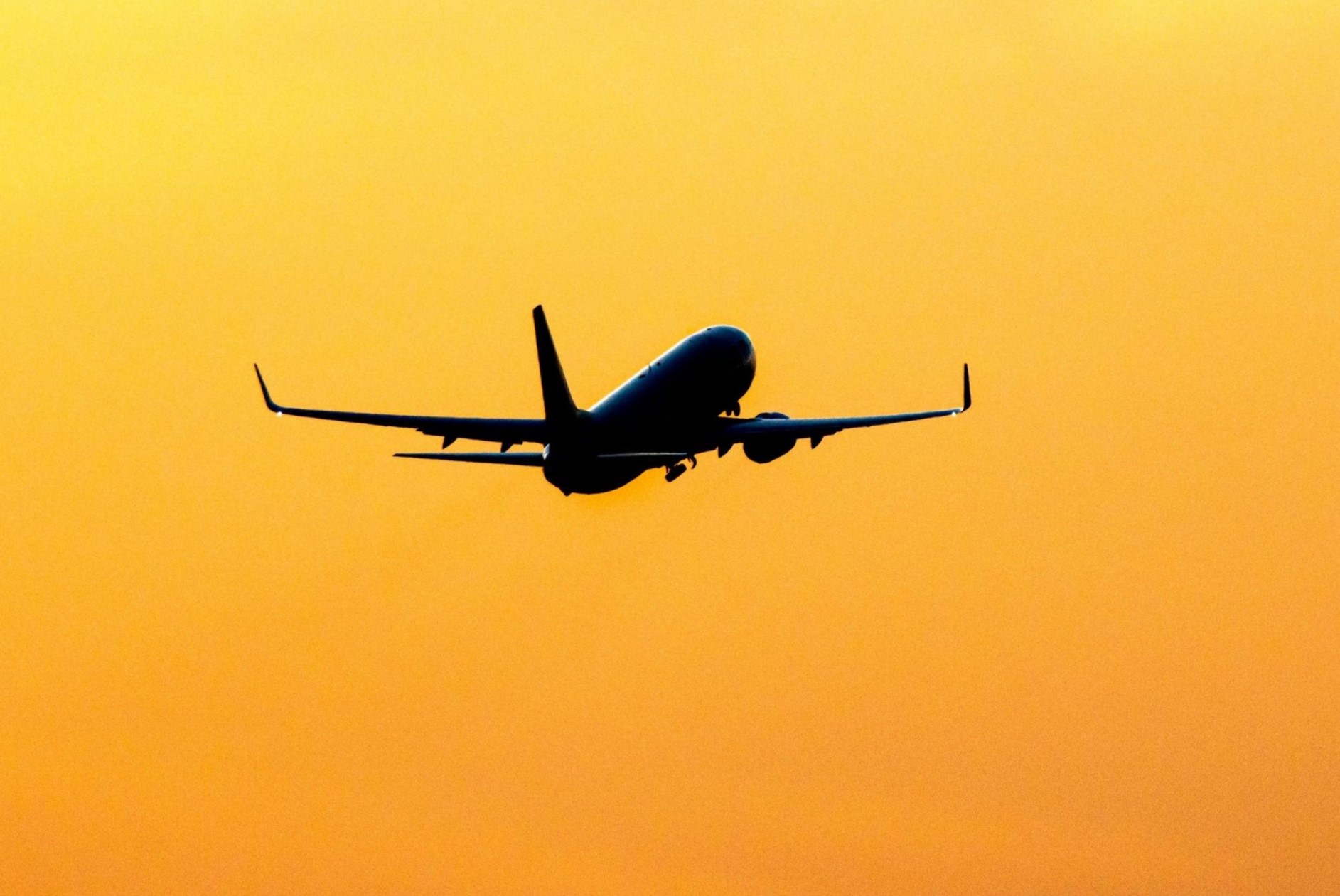
Open Skies Agreements are crucial for international air travel, but what exactly do they entail? These agreements are treaties between countries that allow airlines to operate freely in each other's airspace without restrictions on routes, pricing, or capacity. Open Skies Agreements aim to promote competition, increase travel options, and reduce fares for passengers. They also enhance connectivity between countries, fostering economic growth and cultural exchange. Understanding these agreements can help travelers appreciate the complexities behind their flight options and the benefits they enjoy. Ready to learn more? Here are 13 fascinating facts about Open Skies Agreements that will broaden your horizons.
Key Takeaways:
- Open Skies Agreements allow airlines to freely operate in other countries' airspace, promoting competition and offering more travel options for passengers. This can lead to increased flights and potentially lower prices for travelers.
- While Open Skies Agreements bring benefits like airline flexibility and economic boosts, they also face challenges such as unfair competition and environmental concerns. However, they can serve as a diplomatic tool to strengthen international relations.
What are Open Skies Agreements?
Open Skies Agreements are treaties between countries that allow airlines to operate freely in each other's airspace. These agreements aim to promote competition and increase travel options for passengers.
-
First Agreement: The first Open Skies Agreement was signed between the United States and the Netherlands in 1992. This groundbreaking treaty set the stage for future agreements.
-
Global Reach: Over 100 countries have signed Open Skies Agreements, making it a global initiative. These treaties cover major regions like Europe, Asia, and the Americas.
-
Increased Flights: These agreements often lead to more flights between the participating countries. More flights mean more options for travelers and potentially lower prices.
Benefits for Airlines and Passengers
Open Skies Agreements offer numerous benefits for both airlines and passengers. They encourage competition, which can lead to better services and lower prices.
-
Airline Flexibility: Airlines gain the flexibility to choose routes, set prices, and decide flight frequencies. This freedom helps airlines optimize their operations.
-
Passenger Benefits: Passengers enjoy more choices and often lower fares. Increased competition among airlines usually results in better services and amenities.
-
Economic Boost: These agreements can boost the economy by increasing tourism and business travel. More visitors mean more spending in local economies.
Challenges and Criticisms
Despite the benefits, Open Skies Agreements face several challenges and criticisms. Some argue that they can lead to unfair competition and job losses.
-
Unfair Competition: Smaller airlines may struggle to compete with larger, more established carriers. This can lead to market monopolies.
-
Job Losses: Critics argue that these agreements can result in job losses in the aviation sector. Larger airlines might outsource jobs to countries with lower labor costs.
-
Environmental Concerns: Increased flights can lead to higher carbon emissions. Environmentalists argue that the agreements should include measures to mitigate environmental impact.
Impact on International Relations
Open Skies Agreements can also influence international relations. They often serve as a diplomatic tool to strengthen ties between countries.
-
Diplomatic Tool: These agreements can improve diplomatic relations by fostering cooperation and mutual benefits. They can serve as a foundation for other types of agreements.
-
Security Measures: While promoting open skies, these agreements also include security measures. Countries work together to ensure the safety and security of international flights.
Future of Open Skies Agreements
The future of Open Skies Agreements looks promising, but it will depend on how countries address current challenges and adapt to new trends.
-
Technological Advancements: Advances in aviation technology could make these agreements even more beneficial. Improved aircraft efficiency and new flight routes could enhance the benefits.
-
Sustainability Initiatives: Future agreements may include more robust environmental protections. Countries are increasingly aware of the need to balance economic benefits with environmental sustainability.
The Bigger Picture
Open Skies Agreements have reshaped global air travel. These deals boost competition, lower fares, and increase flight options. Travelers get more choices, airlines expand routes, and economies benefit from increased tourism and trade. However, not everyone wins. Smaller airlines might struggle to compete, and environmental concerns arise with more flights.
Understanding these agreements helps us appreciate the complexities of international aviation. They’re not just about cheaper tickets but also about economic impacts, environmental considerations, and global connectivity. Next time you book a flight, remember the intricate web of policies and negotiations that make it possible.
So, whether you're a frequent flyer or an occasional traveler, knowing a bit about Open Skies Agreements can give you a new perspective on your journey. Safe travels!
Frequently Asked Questions
Was this page helpful?
Our commitment to delivering trustworthy and engaging content is at the heart of what we do. Each fact on our site is contributed by real users like you, bringing a wealth of diverse insights and information. To ensure the highest standards of accuracy and reliability, our dedicated editors meticulously review each submission. This process guarantees that the facts we share are not only fascinating but also credible. Trust in our commitment to quality and authenticity as you explore and learn with us.


